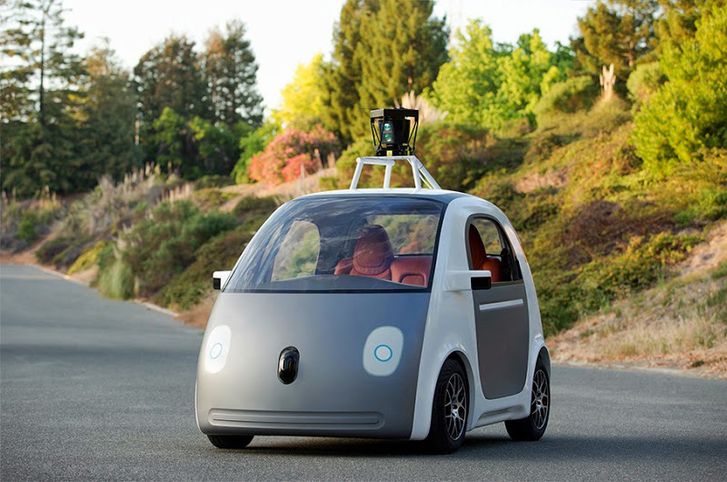Google's new self-driving car prototypes have hit a bump in the road. They now need to feature manual controls by next month, or else Google will no longer be able to test them in California.
Google announced in May that it built a prototype self-driving passenger car that had no pedals, manual brakes, or steering wheel, and it said the car, which runs Google's driverlesss software, would be in operation within two years. Google planned to build 100 prototypes and start testing them this summer, but now it appears the company will have to include manual controls after all.
New rules from California’s Department of Motor Vehicles taking effect on 16 September will require a driver to be able to take “immediate physical control” of a test vehicle on public roads, meaning Google's car must be outfitted with a steering wheel, brakes, and accelerator pedals before the company can take it for a spin on public roads in California.
Google said it will comply by adding a temporary steering wheel and pedal system to the autonomous prototypes. If the company had refused, it would only be able to test them on private roads or outside of California: “With these additions, our safety drivers can test the self-driving features, while having the ability to take control of the vehicle if necessary,” said Google in a statement.
READ: Google's car will have no brakes or steering wheel
Keep in mind Google already indicated in May that the initial phase of protoypes would include manual controls for emergencies. Neverthless, California has now made it a requirement. Each car will now include sensors that remove blind spots by detecting objects at a distance of "around two football pitches in all directions" - on top of offering drivers the ability to take physical control.
The speed of Google's self-driving prototype cars - which, if we're being honest, look like golf carts - is limited to 25 mile per hour at the moment. But you can learn more about the initiative through the video below.

